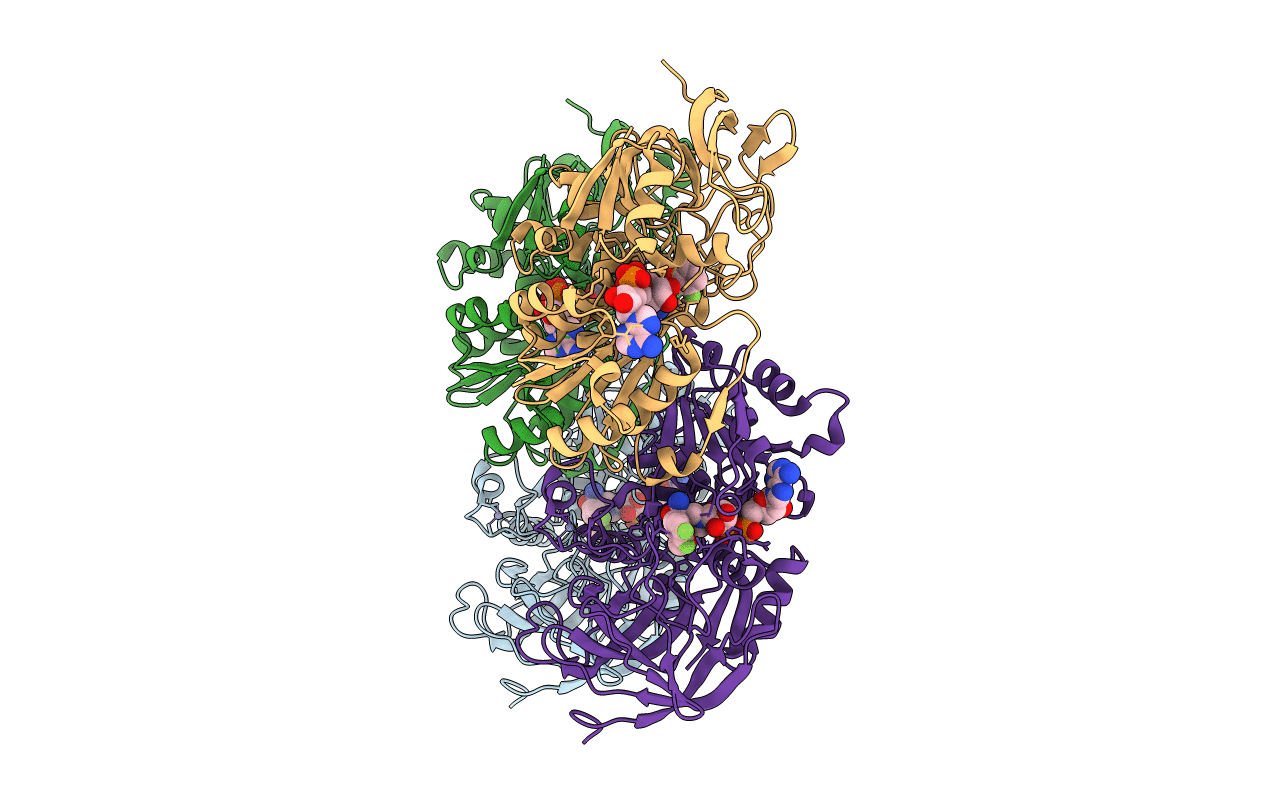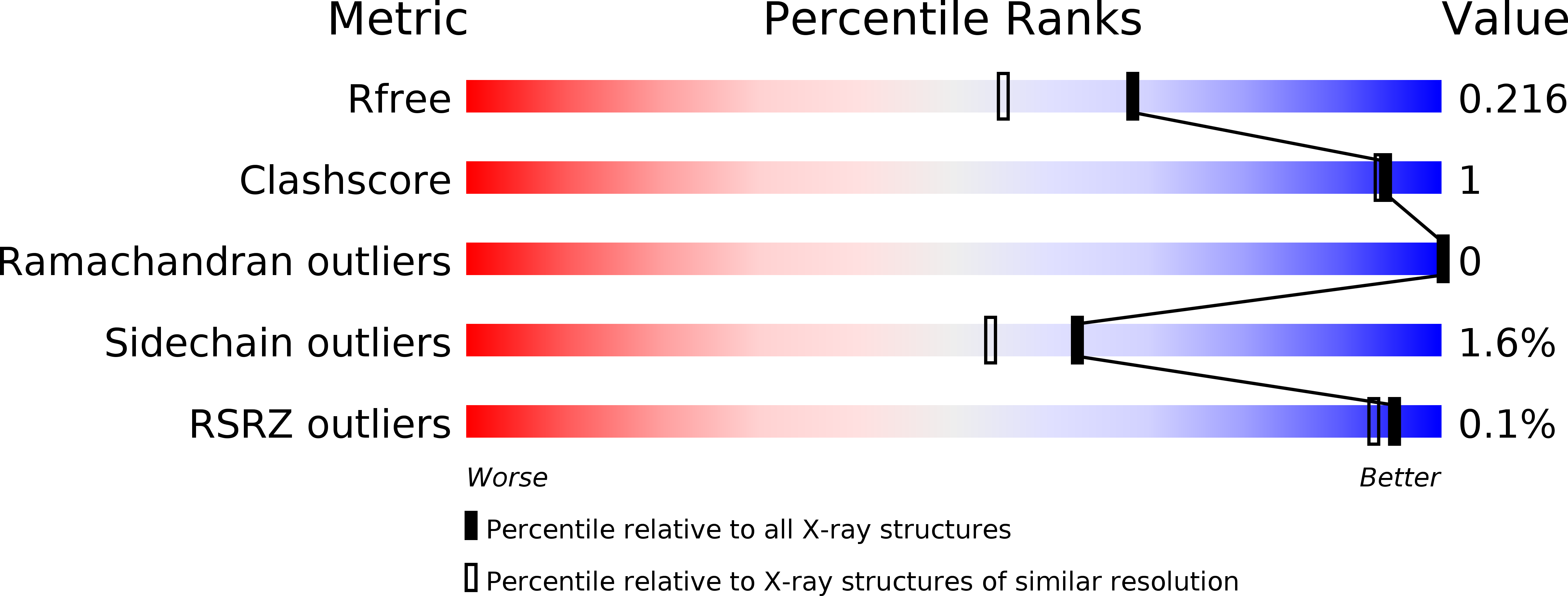
Deposition Date
2002-08-14
Release Date
2002-11-13
Last Version Date
2024-02-14
Entry Detail
PDB ID:
1MG0
Keywords:
Title:
Horse Liver Alcohol Dehydrogenase Complexed With NAD+ and 2,3-Difluorobenzyl Alcohol
Biological Source:
Source Organism:
Equus caballus (Taxon ID: 9796)
Method Details:
Experimental Method:
Resolution:
1.80 Å
R-Value Free:
0.21
R-Value Work:
0.17
R-Value Observed:
0.17
Space Group:
P 1 21 1


